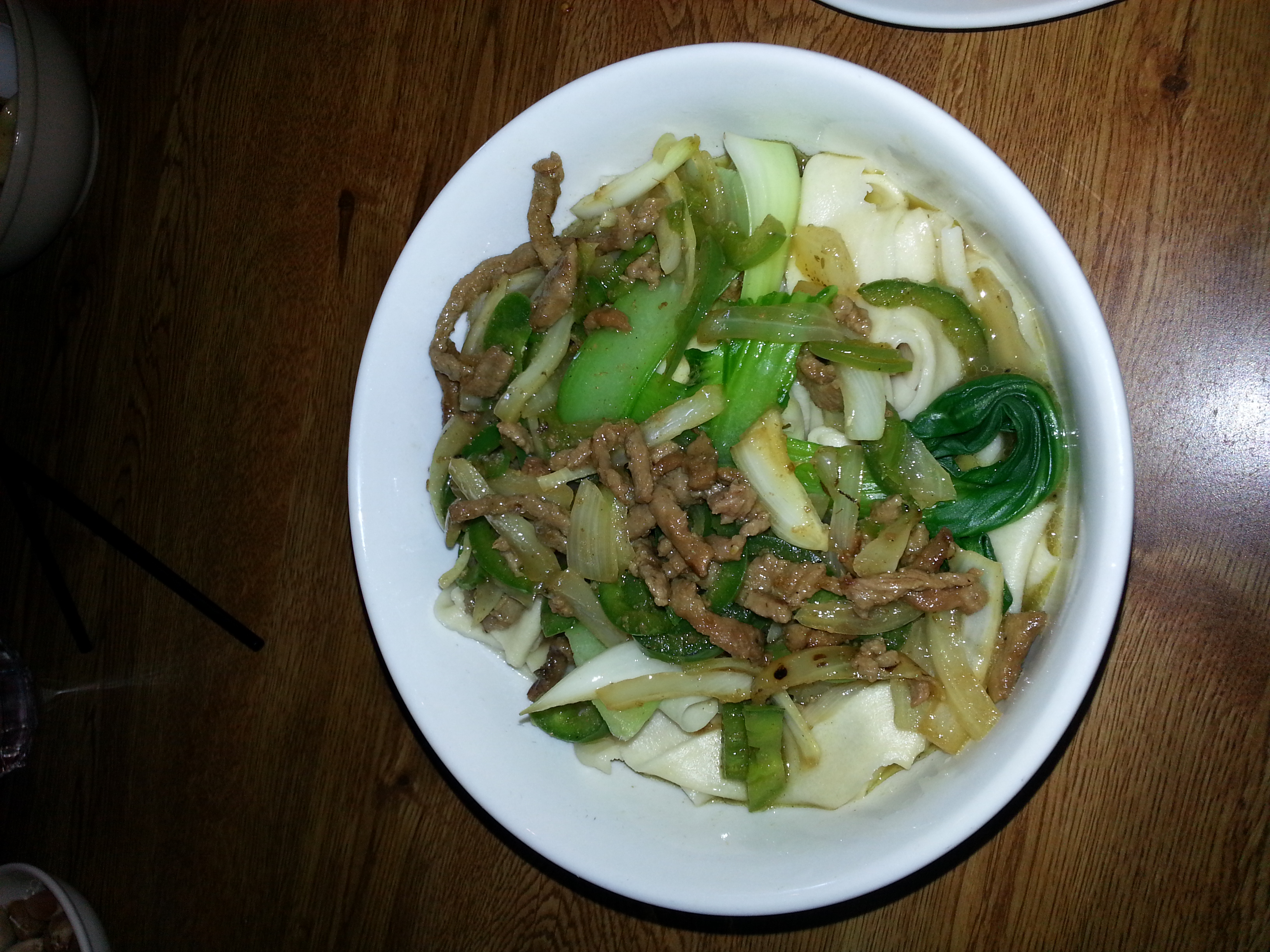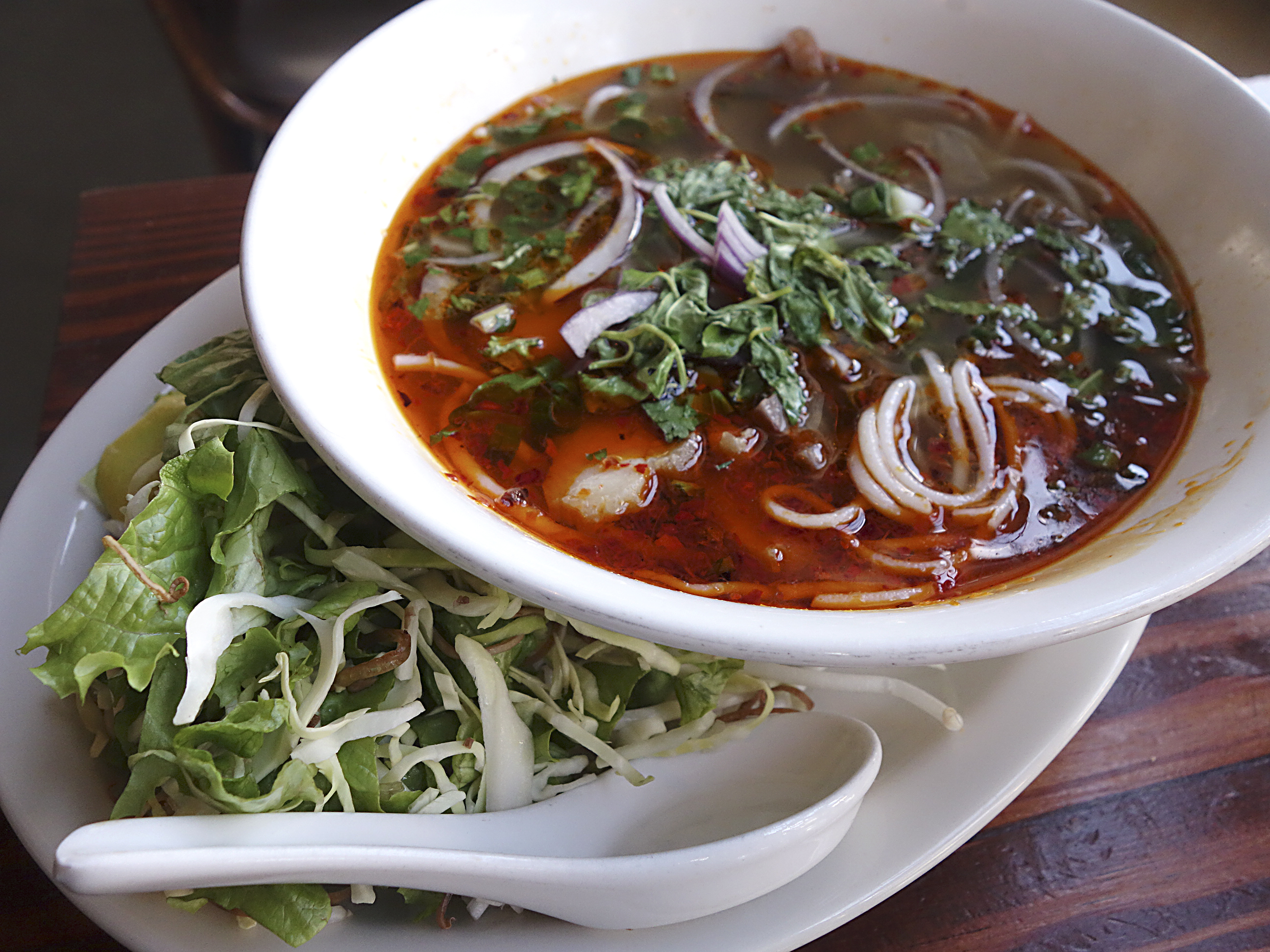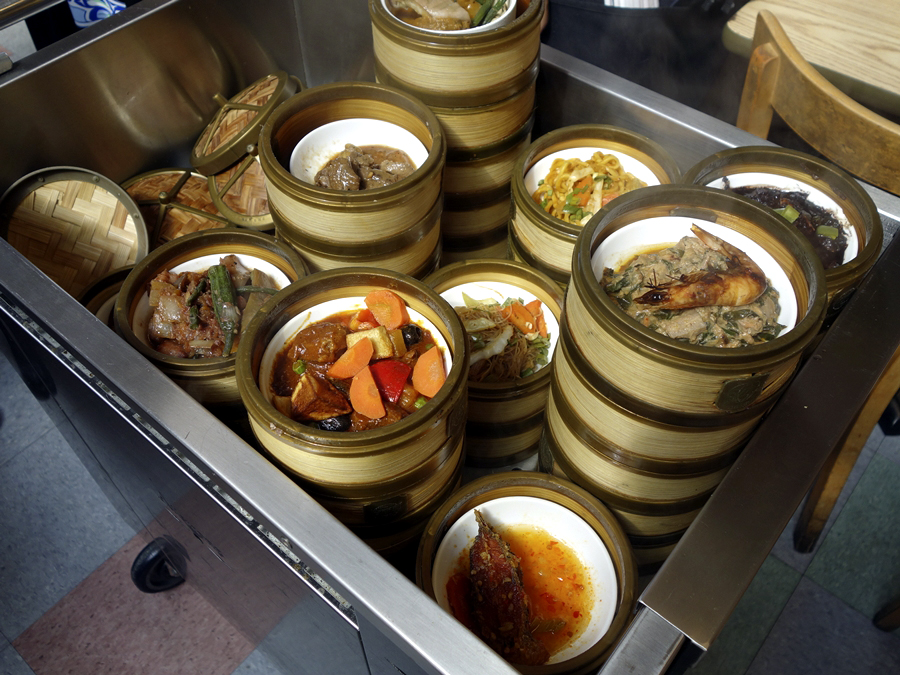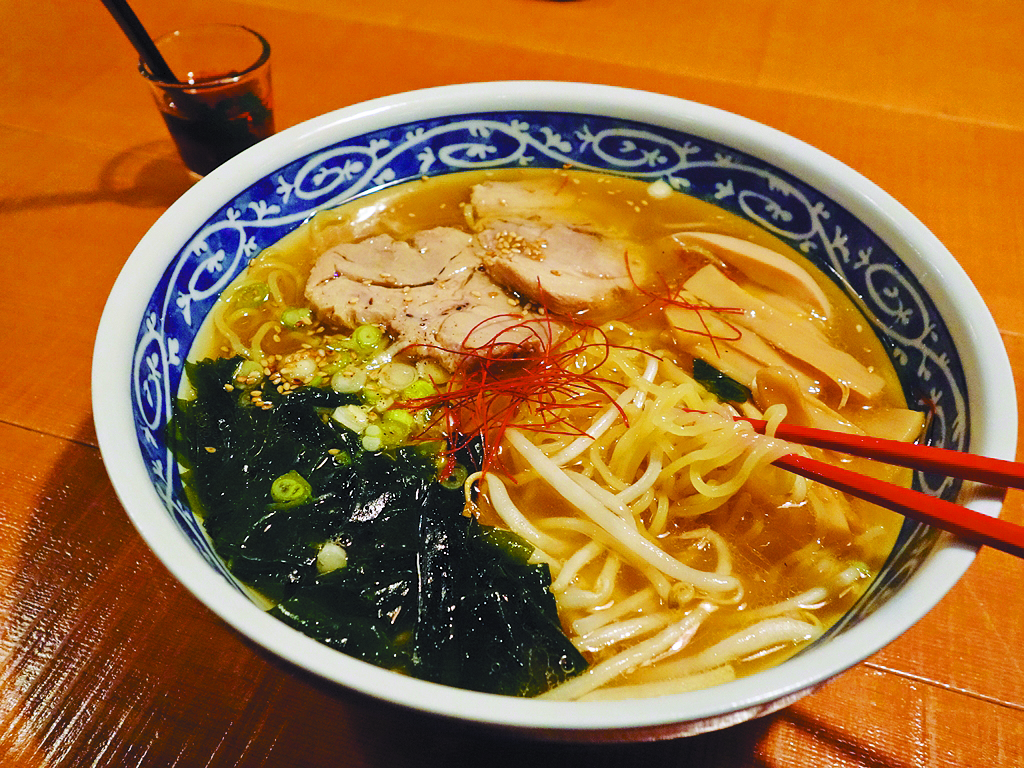“To be honest, I don’t like noodles,” confesses Miah Young, owner of Biang! (their exclamation point, which I’ll drop for the rest of this article), a noodle house fifteen miles north of Seattle, in Edmonds. “It’s because I grew up eating them every day.”Young (she changed it from Yang “because it’s easier to pronounce correctly”) opened Biang because she saw a niche in serving food from Shaanxi—a province she says is too far north to grow many vegetables, and where meat has traditionally been pretty scarce. “We’re trying to let you eat like we eat at home, which means lots of starch and carbs,” she says with a smile. This means that workers have to come in early each day to make five different doughs for the restaurant’s noodles and dumplings and breads.Biang is the onomatopoeic sound you’ll hear behind the curtain to the kitchen as the chef thwacks dough against the counter to stretch for noodles. (It’s such a special word that the Chinese character for it, which you can see hanging on a wall in the restaurant, is apparently comprised of 58 strokes and is too complex to replicate on a computer.) The namesake biang biang noodles are cut quite wide (“bigger than your mouth,” Young asserts, “because bigger is better”) and have spectacularly springy texture. You can get them topped with various meat preparations, but they’re best in the simple hot oil seared biang biang noodles. (I prefer the stewed pork, or even better the cumin beef, on a flatbread-like sandwich as a side to a bowl of noodles.)
The staff is surprisingly friendly and helpful as they scurry about the cheerful but bare bones little dining room (where I’ve heard Adele blaring in background the last two visits). They’ll help you navigate the menu, and then offer advice on how to eat the food. The key to the biang biang noodles is to completely stir the bowl to coat them with the chile oil and flakes. The result: a feast of noodles so wonderfully chewy that you get prolonged sessions of alluringly spicy satisfaction.Young explains how to enhance the experience when I ask her about the little bowls of garlic cloves on each table. She says that the people of Xi’an (the capital of Shaanxi province, and her home), alternate bites of garlic and noodles for flavor—and because it’s good for the health. “Plus, those bowls of garlic make our Shaanxi customers feel like they’re home,” she adds.You can get a variety of other noodles at Biang, including hand-pulled noodles with sliced beef, with the liang pi “cold rice” noodles (better known as “cold skin” noodles, both spicy and tangy) a refreshing and popular choice. Spicy and sour dumplings come in both lamb and pork variety, available in soup or not. And there are a number of appetizers, including spicy & tingly (what’s known as ma la) beef shank and tendon. Young has business savvy, selling one special dish she says especially appeals to nearby “starving students” from nearby Edmonds and Shoreline Community Colleges. (UW students also drive up for the unique food; in fact, Biang is so popular with students that Young is soon opening a branch in Eugene.) “They sometimes want more meat,” she says, “So from Xinjiang province I added dapanji to the menu.” Dapanji literally translates to “big plate chicken.” Order it and you’ll get a massive platter (it feeds four) full of chicken (on the bone, as it should be) with crisped potatoes, onions, and lots of peppers—bell and chile—swimming in a bright and flavorful ma la sauce. If you want to be traditional, pay a few dollars more and get the noodles (they’re the wide biang biang ones) which come layered on the bottom of the platter, soaking up the sauce. Even if Young doesn’t particularly like them, the noodles are something special.








